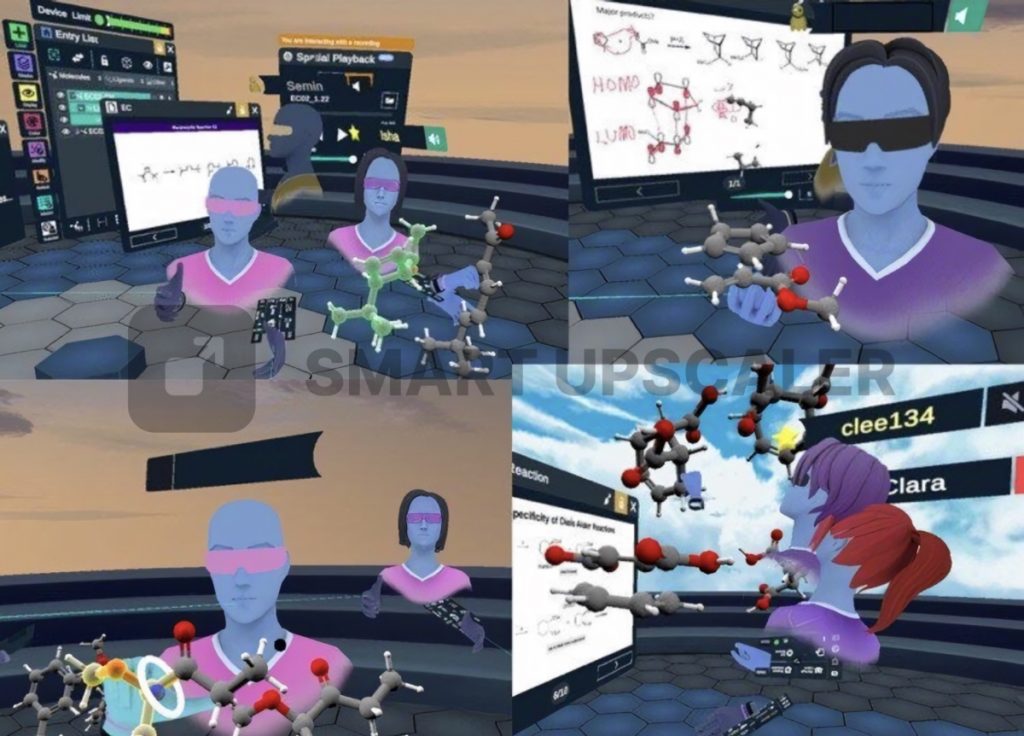
It can be quite difficult for chemistry students to visualize the complex structure of different molecules in their heads. Fortunately for PhD students attending the upper-level chemistry class taught by Semin Lee, an assistant professor in LSU’s Department of Chemistry, they don’t have to.
That’s because Lee is using virtual reality to bring molecules to life, allowing his students to interact with their supersized versions as if they were flying in the air in front of them.
“In organic chemistry, the three-dimensional structure of the molecule is very important,” Lee said. “[In virtual reality,] you look around and there’s a huge gigantic molecule over there and you have the freedom to bring it close to you, peek your head inside.”
Lee’s students, who use loaner VR headsets which they are allowed to take with them home so they can immerse themselves in virtual reality whenever they want praise the benefits of this novel teaching method.
“It’s easier to see the interactions between molecules if you’re able to touch and move them and put them together, like Legos,” said chemistry PhD student Victoria Rittell.
Lee was using VR at the university since 2017, but the pandemic and the subsequent shift to remote learning created a need for more interactive ways of teaching than Zoom was able to provide.
In September 2020, Lee’s chemistry lab received a three-year research grant from the National Science Foundation to, among other things, explore virtual reality teaching methods.
To create interactive visualizations of molecules, Lee is using Nanome, virtual reality software created, among other things, to help scientists more effectively collaborate in real-time across large distances. The software is free for personal use, with paid subscriptions for classroom users, researchers, and enterprises.
